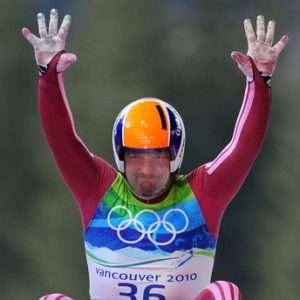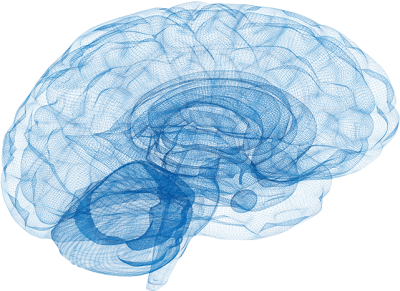
CAP Health
HBOT, Naturopathy, Massage, Concussion & Whiplash, FSM
Brain Repair Protocol 4 Concussions & Whiplash
CAP Health was born out of the necessity to deliver objective, measurable, science-based interventions and treatments for mTBI, concussion, and whiplash patients.
The Concussion in Sport Group acknowledges that “the science of concussion is incomplete and therefore management and and return-to-play decisions lie largely in the realm of clinical judgement on an individualised basis.”
The Connection Between Whiplash and Concussion.
Similar Mechanism of Injury
Whiplash and concussions are closely related in terms of their mechanisms of injury, primarily involving forces that cause the head and neck to undergo rapid acceleration and deceleration. In whiplash and concussions, external forces lead to a sudden movement exceeding the body’s usual control, prompting a biomechanical response.
For whiplash, this manifests as the neck’s soft tissues being stretched and strained due to the whip-like motion of the head. In a concussion, the brain experiences a similar pattern, which can result in the stretching of neurons, leading to functional disturbance at a cellular level (Blennow et al., 2016).
Both injuries often co-occur in scenarios like car accidents, where the abrupt impact can cause both the brain and the neck to be subjected to intense forces (Vattipally et al., 2024). This overlap in mechanisms underscores the commonality between these seemingly distinct injuries.
The CAP Protocol implements a comprehensive questionnaire, the Symptom Tree, a cervical spine assessment, a vestibular/oculomotor screening assessment, the Brain Gauge technology and a CAPcare Plan. The Brain Gauge™ technology allows us to assess regions in your brain that may be affected from the inciting injury. This eliminates the bias and subjectivity of concussion screens that are widely used in measuring true readiness to progress in your activities, whether in school, at work or in sport. The Brain Repair Protocol provides a true ‘no baseline needed’ assessment and removes the guesswork for a return to sport protocol.

SYMPTOM Tree™
The Symptom Tree was designed with input from Neurologists, Chiropractors, Ophthalmologists, and Naturopaths and is the first assessment we do.
The Symptom Tree gathers pertinent physiological data, genetic indicators, injury history and symptoms you are experiencing. This data is compared to the functional communication map of your brain which is generated upon completion of the Brain Gauge test. Your physiological state, such as insulin resistance or migraines, and how your concussion or whiplash symptoms relate to the map, play a large role in promoting brain regeneration or, hindering it.


The Brain Gauge™
There are eight different cognitive spheres tested – Accuracy, Fatigue, Time Perception, Focus, Speed, Plasticity, Connectivity, and Temporal Order Judgement (TOJ). These spheres indicate communication between different areas in the brain and different forms of possible dysfunction.
Brain Gauge has the unique ability to deliver precise stimulus to exact locations within the brain (without conscious involvement from the patient), and measure how the brain processes these stimuli. Scores can reflect issues other than brain trauma such as nutritional imbalances, specific neurotransmitter levels, or a slow cognitive decline.
Brain Gauge was developed by our partner, Neuroscientist, Dr. Mark Tommerdahl of corticalmetrics. It is widely used by NASA, the US military, and in clinical research boasting over 122 papers published.
Click here to learn more about the eight different cognitive spheres.


CAPcare Plan™
There have been many scientific discoveries in the field of brain regeneration, however, many of these discoveries are not taught in mainstream medicine, and therefore not prescribed.
CAP changes that! We analyze your current brain health based on the Brain Repair Protocol results and generate your individual CAPcare Plan that informs you why you are experiencing your symptoms and a personalized roadmap to heal your brain.
A multi-faceted approach is required to heal something as complex as the human brain. Regenerative therapies are recommended based on your symptom profile and may include any of the following therapeutic treatments:
TESTIMONIALS




You may also be interested in the following:



